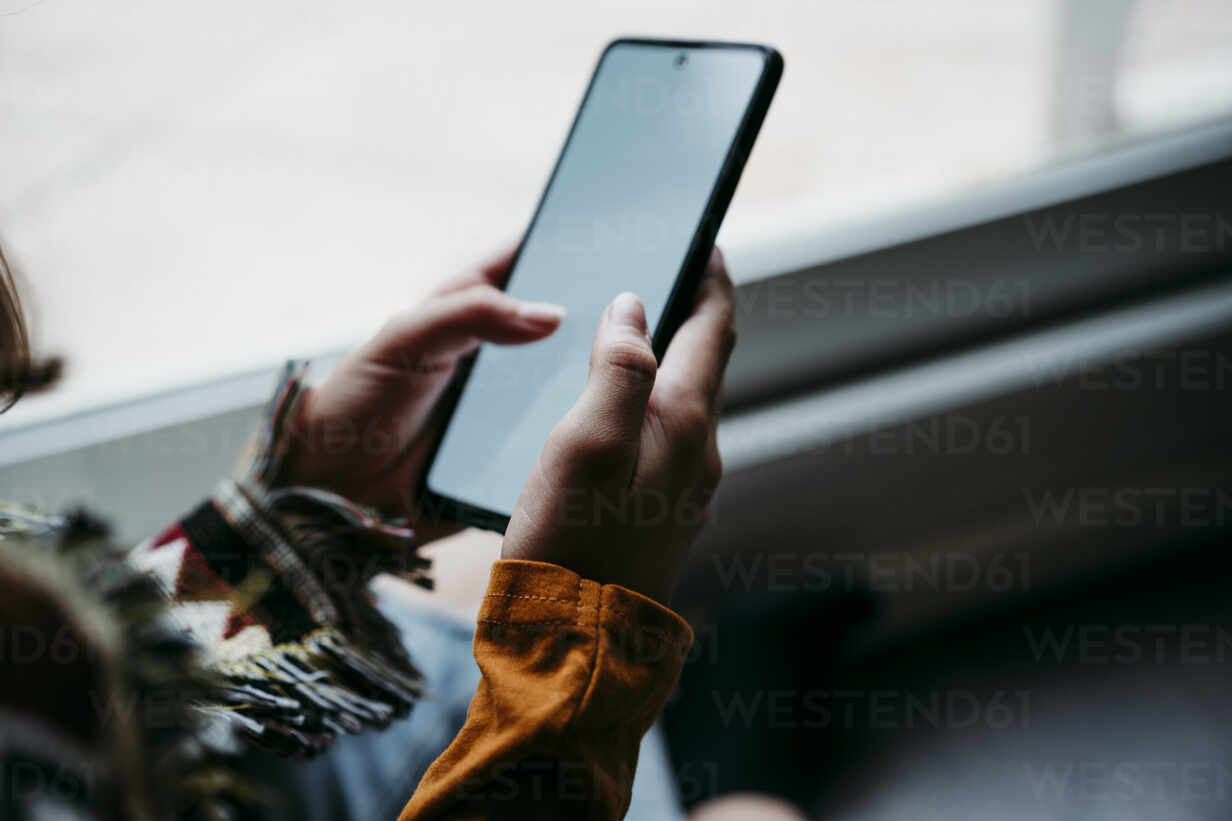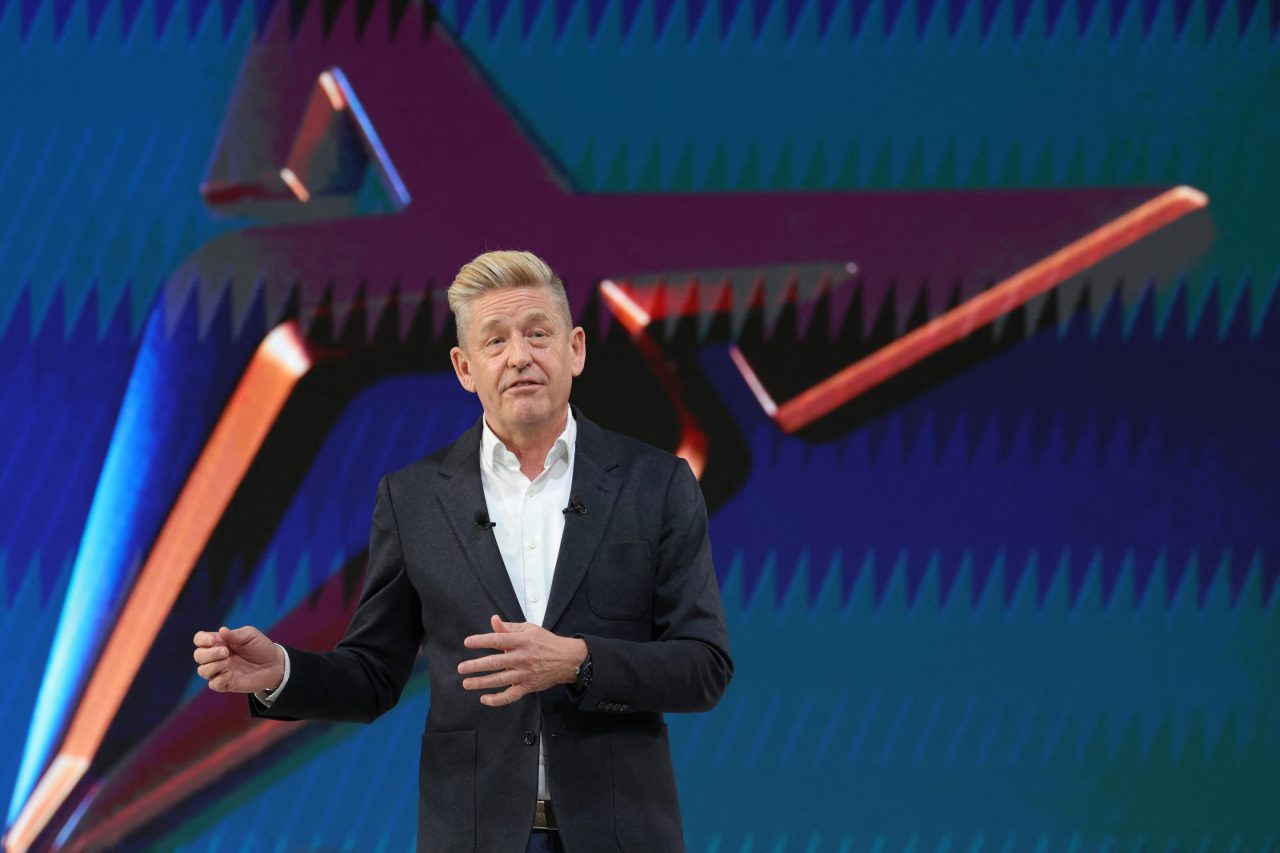In the past 24 hours, I sent over 100 WhatsApp messages. Although none were particularly thrilling—from family plans to work discussions and casual exchanges with friends—each of my seemingly mundane messages was secured by default encryption and processed through WhatsApp’s robust server infrastructure, located in various data centers globally.
Maintaining such operations is costly, yet neither I nor my contacts paid anything to use the service, which boasts nearly three billion users worldwide. So, how does WhatsApp—affectionately dubbed “zap zap” in Brazil—generate revenue?
A significant advantage lies in its affiliation with Meta, the parent company that also owns Facebook and Instagram. Individual WhatsApp accounts are free because the platform profits from corporate customers wishing to engage with users like me.
Since last year, businesses have been able to create channels on WhatsApp at no cost, allowing them to send messages to subscribers. However, what they pay for is the ability to interact with individual customers through the app, facilitating both conversational and transactional exchanges.
While this model is still emerging in the UK, in cities like Bangalore, India, users can purchase bus tickets and select their seats directly through WhatsApp.
“Our vision, if executed correctly, is that businesses and customers should be able to complete transactions within a chat thread,” explains Nikila Srinivasan, Vice President of Business Messaging at Meta. “This means that whether you want to book a ticket, initiate a return, or make a payment, you should be able to do so without leaving the chat, allowing you to easily return to your other conversations.”
Moreover, businesses can pay for a direct link that opens a new WhatsApp chat from an online ad on Facebook or Instagram, a feature that Ms. Srinivasan claims is now valued at “several billion dollars” for the tech giant.
Other messaging platforms have adopted different revenue models. Signal, known for its robust security protocols, operates as a non-profit organization that relies on donations, including a $50 million contribution from WhatsApp co-founder Brian Acton in 2018.
“Our goal is to become fully supported by small donors, relying on numerous modest contributions from those who value Signal,” wrote its president, Meredith Whittaker, in a blog post last year.
Discord, popular among young gamers, utilizes a freemium model, offering free sign-up with optional paid features such as game access and a subscription called Nitro, priced at $9.99 per month for enhanced benefits.
Snap, the company behind Snapchat, combines various revenue streams: advertising, a growing number of paying subscribers (11 million as of August 2024), and sales of augmented reality glasses called Snapchat Spectacles. Additionally, according to Forbes, Snap generated nearly $300 million from interest alone between 2016 and 2023, though its primary revenue source remains advertising, exceeding $4 billion annually.
The UK-based company Element charges governments and large organizations for access to its secure messaging system, allowing customers to operate it on their private servers. Co-founder Matthew Hodgson notes that the ten-year-old firm is generating “double-digit million” revenue and is “close to profitability.”
Hodgson believes the most prevalent business model for messaging apps continues to be advertising. “Essentially, many messaging platforms sell ads by monitoring user behavior, enabling them to target the most relevant advertisements.”
The premise is that even with encryption and anonymity, apps can glean valuable insights about users without accessing the actual content of their messages, allowing them to leverage that data for ad sales. “It’s the age-old adage—if you’re not paying for the service, you are likely the product,” he adds.




